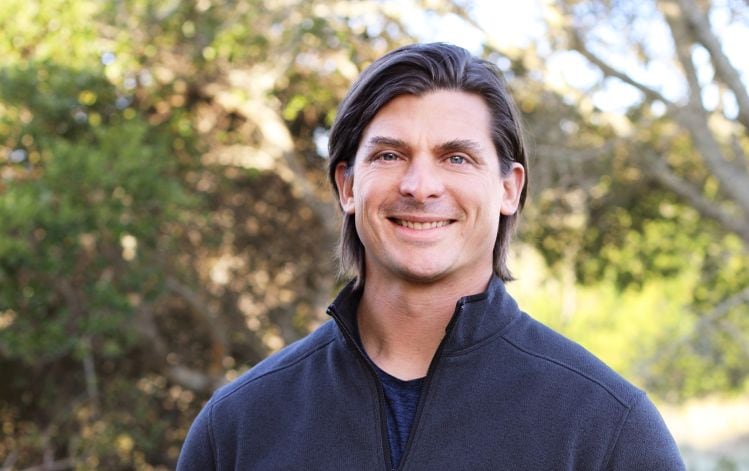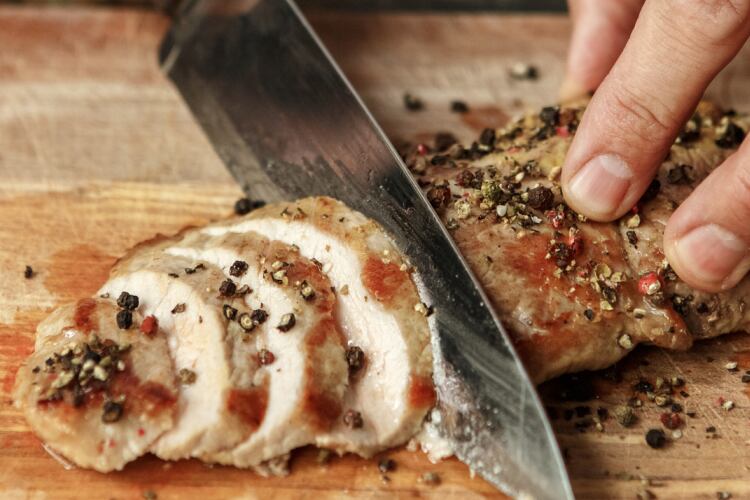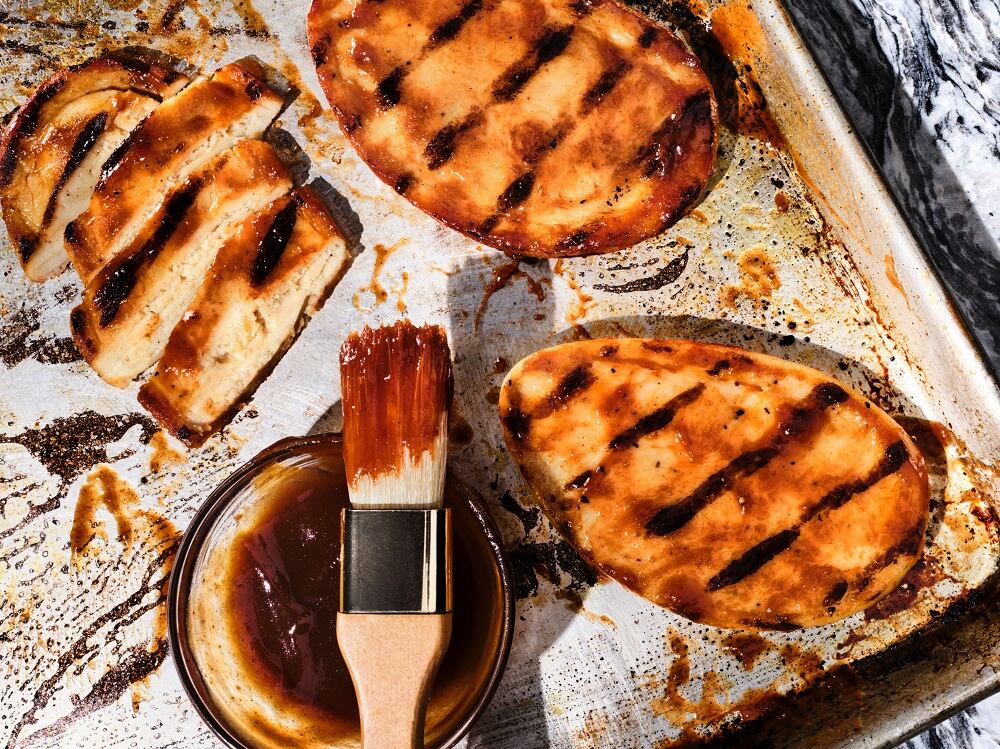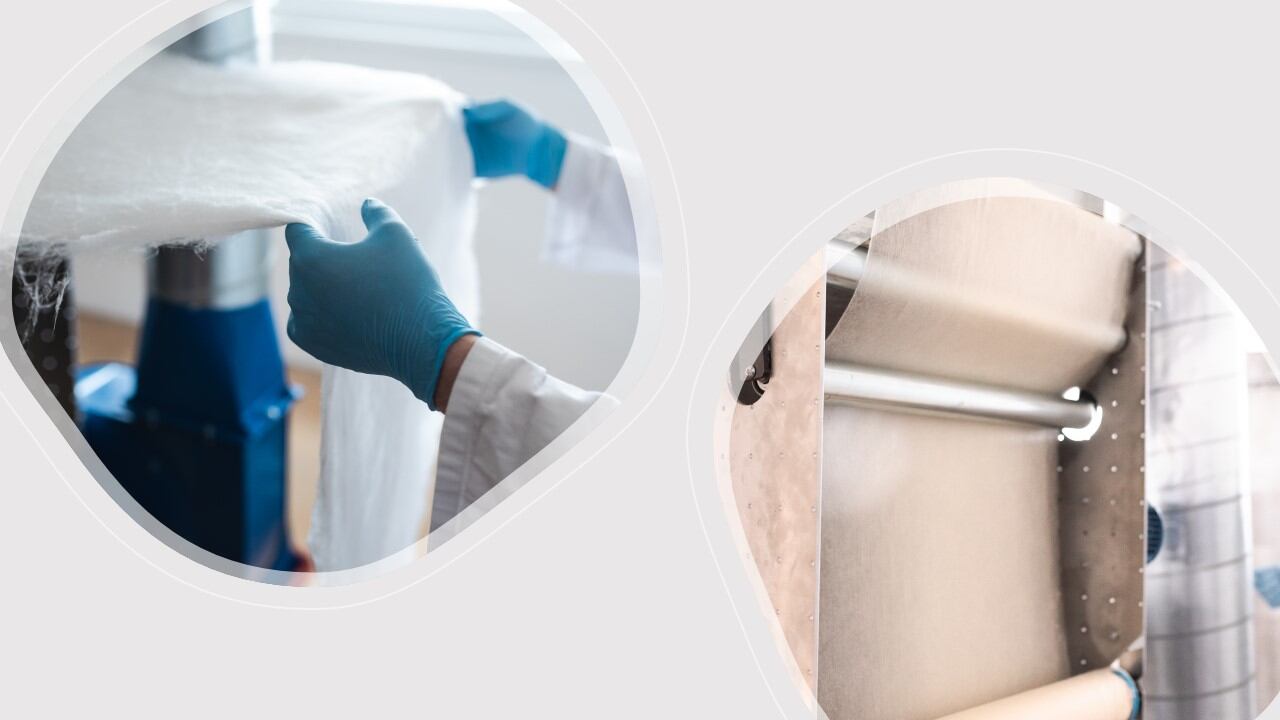Ten 250,000-liter customized bioreactors will form the foundation for the large-scale cultivated meat facility, which will have the capacity to produce up to 30 million pounds of meat when fully operational, said the firm, which got the green light to sell cultivated meat in Singapore in late 2020, and is in talks with the FDA and USDA about securing regulatory pathway to market in the US.
The large-scale US facility will initially produce chicken and beef, said GOOD Meat, which is also working with ABEC on installing a 3,500liter bioreactor for small-scale production at its Alameda, Calif. headquarters, scheduled to be operational in Q4 2022, and a 6,000liter bioreactor for a Singapore facility slated to open in Q1 2023.
“The first large vessels will be installed before the end of 2024 and then more will come online through 2025 and 2026,” Eat Just co-founder and CEO Josh Tetrick told FoodNavigator-USA.
'Vessel size needs to be north of 200,000 liters, cell density needs to go up, and media costs need to be in the cents, not dollars'
While bioreactors bigger than this have been deployed for microbial fermentation, this is uncharted territory for avian and mammalian cell culture, acknowledged Tetrick.
"Does that mean that I or my CTO or ABEC are 100% certain that this will work in a way that we want it at large scale? No, it definitely does not. But it means we think there's a high probability of success," he added.
For cell-cultured meat to be viable at scale, "We think vessel size needs to be north of 200,000 liters, cell density needs to go up, and media costs need to be in the cents, not dollars," said Tetrick, who recently struck a deal with ADM to work on reducing the cost of cell growth media.
ABEC CEO Scott Pickering noted that, "Many of the materials are already on order for 250,000-liter bioreactors. Because of the size of the systems, they will be built in stages and materials will continue to be acquired aligned with the manufacturing plan."
Asked about bioprocess scale up challenges, he added: "The challenge is in creating a homogenous environment for the cells to grow at any scale. ABEC is working with GOOD Meat to simulate conditions and evaluate how best to optimize cell growth. With this partnership, we are best positioned in the world to bring this technology to a much larger scale."
3D printing... exciting, but not scalable at cost yet
Asked about the texture of the first wave of cell-cultured products in the US, which are likely to combine cell-cultured and plant-based meat (GOOD Meat's chicken in Singapore is 70%+ cell-cultured meat), Tetrick said: "From a consumer perspective, they don't even think about the word hybrid. They're eating chicken."
As for technologies enabling companies to make more structured cultivated meat products, such as edible scaffolding and 3D printing, he said: “Those are incredibly high potential technologies. And I think companies should invest in them, and I think they have a lot of promise.
"However, if you want to commercialize at large scale, at a cost that’s anywhere close to conventional meet before the end of this decade, I do not think 3D printing, as an example, is a viable technology for now.”
'Young people do not care that their meat is made in a giant stainless steel vessel'
When it comes to consumers, he said, the learning from Singapore, where GOOD Meat has been selling cultivated chicken since late 2020, is that "Young people do not care that their meat is made in a giant stainless steel vessel. And people over the age of 35 are just insatiably curious about it."
So have Beyond Meat's recent lackluster results - and a slowing of growth in the plant-based meat category in general - made the market more or less enthusiastic about cultivated meat?
While Eat Just has a fast-growing plant-based egg business, said Tetrick, consumers have a special relationship with meat, and many will not settle for anything less than the real thing.
‘We had an opportunity to make plant-based chicken but we decided to make it from cells instead of plants because we think the ceiling is a lot higher. We think that restaurants are more likely to remove conventional meat from the menu entirely [if you present them with a ‘real’ meat alternative].”
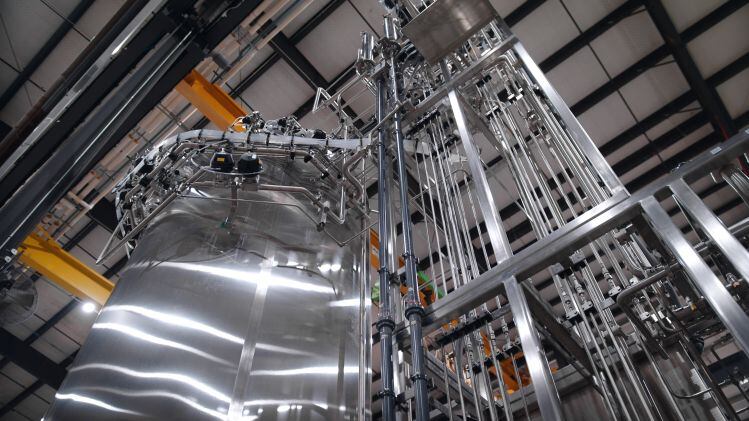
Key players planning US production facilities
While no one has yet secured regulatory approval to sell cultivated (cell-cultured) meat in the US market, several firms are gearing up for market entry.
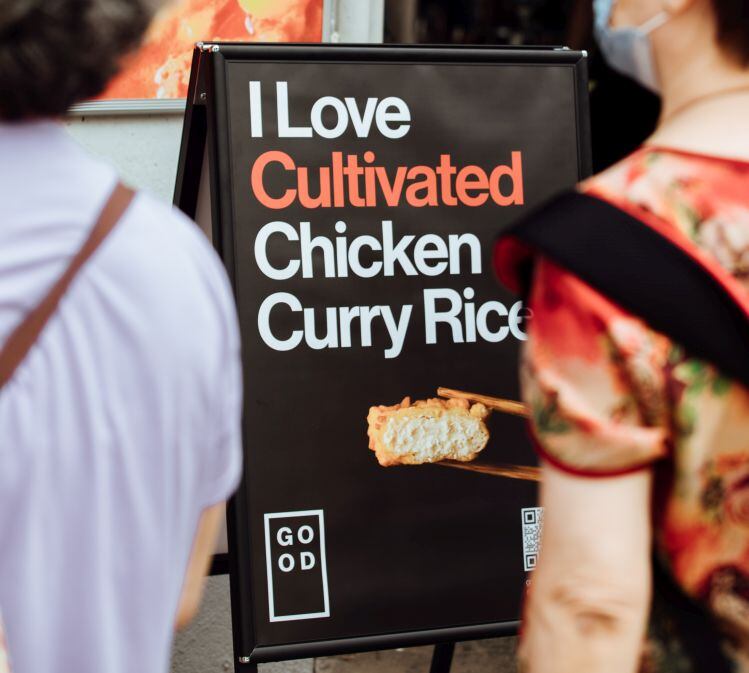
Berkeley, CA-based UPSIDE Foods – which recently opened a pilot-scale facility in Emeryville, CA that can produce 50,000lbs of finished product a year, with a future capacity of over 400,000/lbs/year – recently closed a $400m series C round to help support the construction of a commercial-scale facility with an annual production capacity of “tens of millions of pounds.”
Israel-based Future Meat Technologies – which has just raised $347m in Series B round – has hired a US-based CEO, and plans to break ground on a large-scale production facility in the US this year; while Berkeley, CA-based New Age Meats recently raised $25m in series A round that will allow it to begin manufacturing sausage products combining cell-cultured and plant-based meat at a 20,000-square-foot pilot facility in Alameda, CA, later this year.
In the cultivated seafood space (solely regulated by the FDA), Emeryville, CA-based Finless Foods recently closed a $34m series B round to support the construction of a pilot plant to produce cell-cultured bluefin tuna due to open in the Bay Area this year.
San Francisco-based Wildtype, which has a "modest" pilot plant in San Francisco, has just raised $100m in a Series B round and says a larger facility will come online shortly to support the commercial launch of cell-cultured salmon.
BlueNalu is building a 40,000 sq. ft. pilot-scale food production facility in San Diego, and plans to break ground on its first large-scale, regional production facility “in the next few years,” meanwhile.
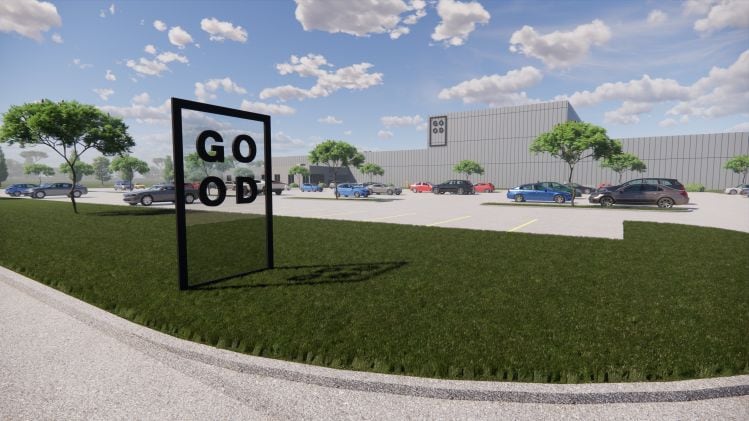
GFI: ‘Expected needs far outstrip existing global bioreactor capacity’
According to the Good Food Institute (GFI), more than 107 startups globally are now focused exclusively on developing cultivated meat inputs or end products, while 64 companies, largely in the life sciences, have publicly announced a business line in cultivated meat.
However, “any near-term commercial launches will be very small scale, with limited product availability and premium positioning owing to the high cost of producing smaller volumes,” noted the GFI in its latest report on cultivated meat.
“Pilot-scale cultivated meat facilities will produce hundreds or thousands of kilograms of biomass annually. This means that companies are likely to have capacity to supply a limited number of high-end restaurants in the coming one to three years, along with producing samples for regulators and key industrial partners.”
Meanwhile, key hurdles remain, said GFI, which says “expected needs far outstrip existing global bioreactor capacity.”
Intractable problems at scale?
At last year's Good Food Conference, which coincided with the publication of a lengthy article in The Counter arguing that cell-cultured meat faced "intractable technical challenges at food scale," successive speakers acknowledged that higher-density cell cultures, more efficient use of food-grade media, food-grade equipment in facilities, and significant cost reductions in recombinant protein and growth factor production were needed for cultivated meat to be commercially viable at scale.
However, UPSIDE Foods VP Dr Eric Schulze told us that significant progress had been made: “We continue to challenge these long held assumptions that surround large scale cell culture that were built primarily in the biopharmaceutical industry, while acknowledging the fundamental tenets of biology and evolution as our technical guideposts.”
Krijn de Nood, co-founder at Dutch cultivated meat co Meatable, said: "If we look at our models, both on the scalability trajectory and on the cost reduction trajectory, we feel very comfortable that by 2025, we can go to the market with a price competitive product. The Delft analysis assumed 32 days for the whole process. We can do it - proliferating the cells and then [differentiating] them into muscle and fat cells… in less than two weeks."
Speaking to us last fall, New Age Meats founder Brian Spears said his first products would combine cell-cultured and plant-based meat: "Our unit economics even at launch are very good because of our unique approach." However, he noted that, "The idea that you're going to have a fully cultured meat product, say 100%, that's going to be able to go to go into market at volume and at cost. I think that that's a long way away."
Finless Foods co-founder Mike Selden noted that the economics for making cell-cultured versions of premium products such as bluefin tuna were more compelling, telling us in March that: "The 'it’s not scalable' narrative laid out in The Counter's article relies on assuming it isn’t possible to produce whole cuts of meat that are 80-90% animal cells using stir tank bioreactors (the only animal-cell production system fully proven as scaled today) for less than $10/lb.
"This is a real concern, but assuming it is completely true as written, this means that bluefin tuna (~$40/lb) and even typically consumed tuna like skipjack (~$15/lb) are both totally viable."

